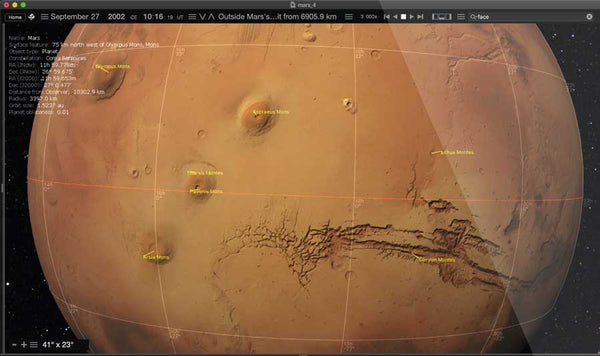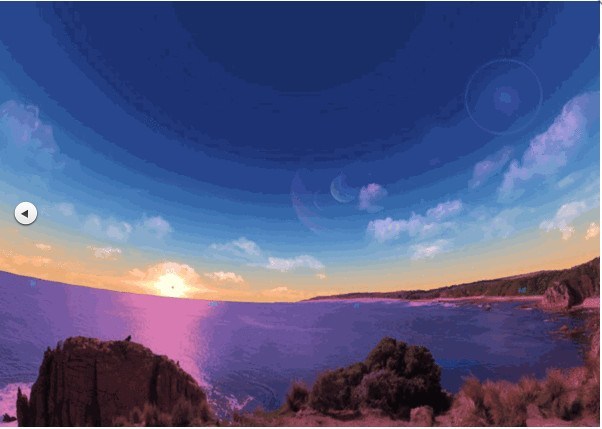
Using the sketch layers as a guide I started filling in the church with small strokes. I moved this layer to sit above the BG stroke in the layers list. With the background strokes completed I created a new layer for the smaller, foreground details such as the church and graveyard and the creepy tree. I added in some smaller details like the line of trees and the mound in the foreground for the spooky tree- and at the end I decided to tweak the sky colour so there is a slight shift in colours at the very last image.Īt the end of this step- my list of layers are as follows: I worked my way down, starting with the sky, moon and stars, moving on to the ghostly forms, down to the rolling hills and the green countryside below. This stage is time consuming but by no means technically difficult and the pay-off is definitely worth the effort. It started to come together quite nicely after just a few minutes. I used short strokes and followed the sketched outlines of the layers above. The brushes really do most of the work here. Using the two brushes I tweaked earlier (Brush1 & Brush2) I started laying down small strokes of colour starting at the upper left side of the image. This is the stage where it gets interesting and the image really takes on a life of its own. I created a new layer and renamed it "BG Strokes" and moved it to below the sketches and above the blocking layers. While the copic colour palette is somewhat limiting compared to using the colour puck, that's not a bad way to start, it keeps you focused and you can always tweak the colours later on. I went through all the copic colours and picked out hues I thought would match the painting.


To the left-hand side of the third image you can also see my custom copic colour palette. Any new layers I created were always moved to beneath the grid layer. In the Sketchbook document I changed the layer properties to Multiply, renamed the layer "grid" and tried to keep it at the very top of the layers palette as I was working. Using a grid allows you to focus on smaller areas at a time and means you can get the basics down and looking correct relatively quickly. I applied a white grid to the original image and saved it out as a jpeg so I could leave it open for reference and I made a black grid for the document I'd be working on. To make things easier to transfer to the new painting I divided both the images up in to grids.


 0 kommentar(er)
0 kommentar(er)
